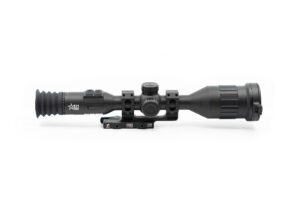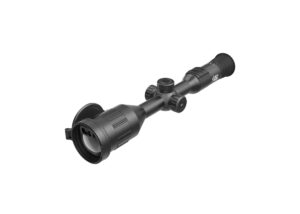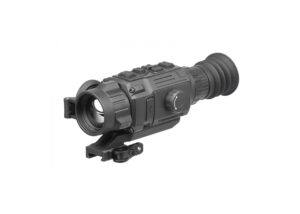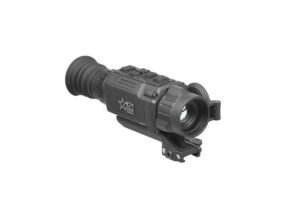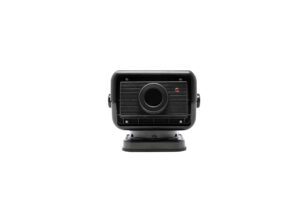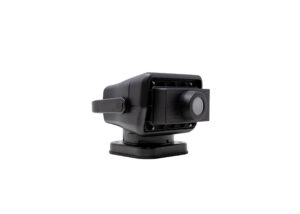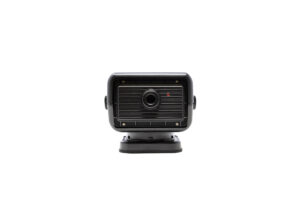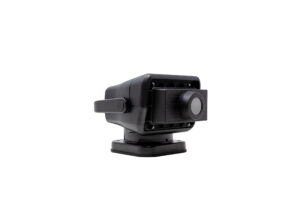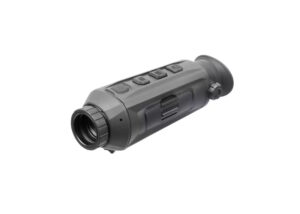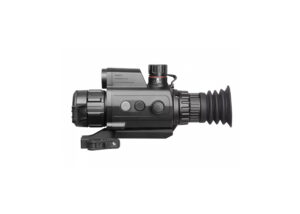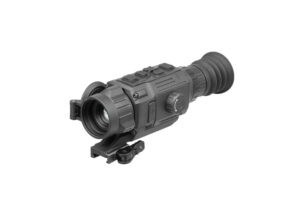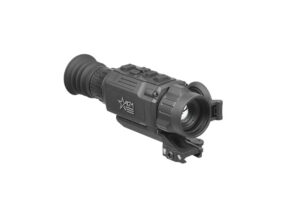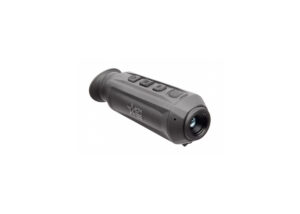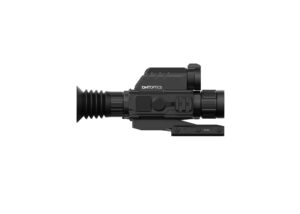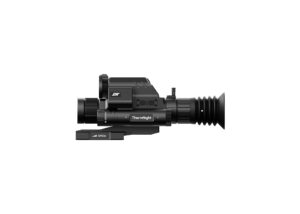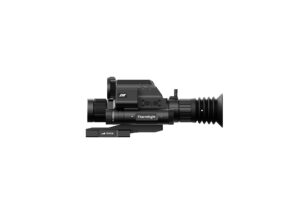Thermal
Thermal optics are imaging devices that detect heat (infrared radiation) emitted by objects, allowing users to see in total darkness, through smoke, fog, or other visually obscuring conditions. Unlike traditional night vision devices that amplify ambient light, thermal optics rely on temperature differences to create a detailed image.
How Do Thermal Optics Work? All objects emit infrared radiation (heat), with hotter objects emitting more.
Thermal optics have a thermal sensor that detects this radiation. The device translates heat signatures into a visual representation, typically in grayscale or color palettes (e.g., white-hot, black-hot, or rainbow). The processed image is displayed on a screen or eyepiece for the user.
Thermal optics are primarily mounted on firearms for hunting, tactical operations, or long-range shooting. Features may include on-board recording, laser range finders and ballistic calculators. Handheld devices such as monoculars also are useful for scouting, wildlife observation, or search and rescue and are often lightweight and compact.
Categories
Showing 1 - 16 of 16

